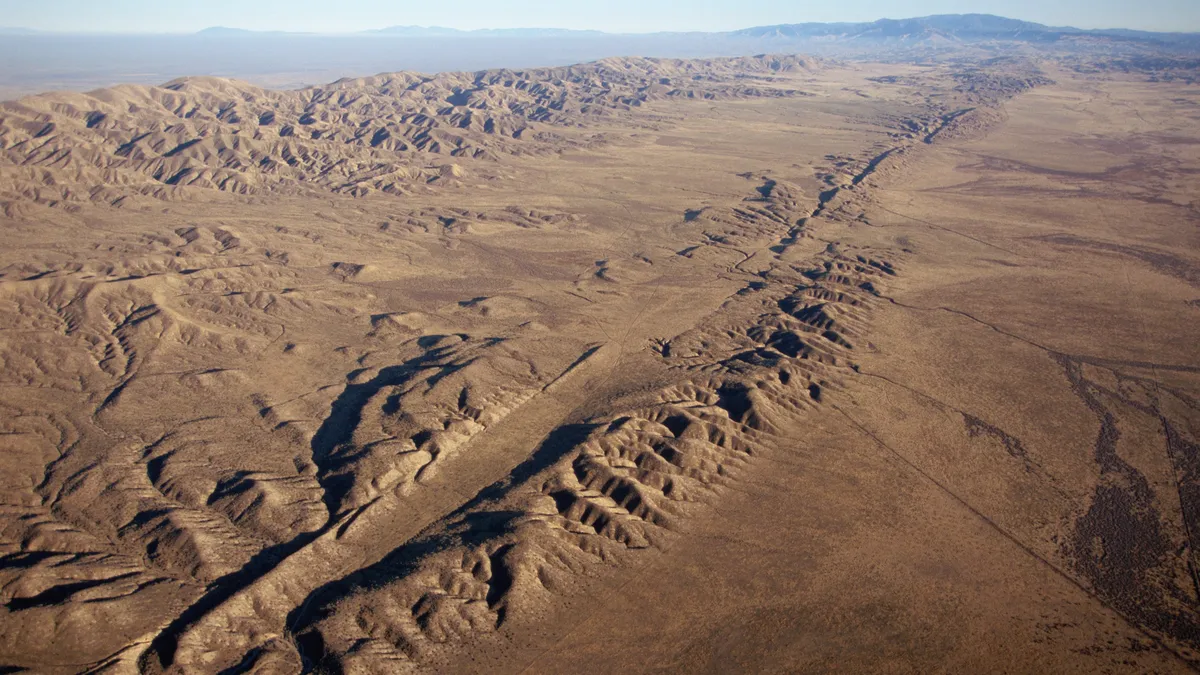
Recent research indicates that faults like the San Andreas Fault do not necessarily follow past patterns, suggesting that the next significant earthquake in California could be more potent than any previously recorded. This study draws vital insights from the catastrophic earthquake that struck Myanmar in March, which tragically resulted in over 5,000 fatalities and extensive devastation.
The fault responsible for the Myanmar earthquake, known as the Sagaing Fault, serves as an "earthquake superhighway." Scientists discovered that this fault ruptured across a much larger area than anticipated, impacting regions that defied previous expectations based on historical data. Faults are essentially fractures in the Earth's crust where stress accumulates until a sudden rupture occurs, leading to an earthquake.
Given the similarities between the Sagaing Fault and the San Andreas Fault, the findings from Myanmar may enhance researchers' understanding of potential seismic activity in California. Study co-author Jean-Philippe Avouac, a professor of geology and mechanical and civil engineering at Caltech, emphasized that future earthquakes might not merely replicate past seismic events. He stated that successive ruptures along a fault like the San Andreas can differ significantly and may release more energy than previously thought.
The San Andreas Fault is the longest fault in California, extending approximately 746 miles (1,200 kilometers) from the Salton Sea in the south to the Mendocino coast in the north. A notable rupture in 1906 resulted in a devastating magnitude 7.9 earthquake, claiming over 3,000 lives, as reported by the U.S. Geological Survey (USGS). While earthquakes are notoriously unpredictable, experts have warned that the San Andreas Fault is due for another significant event.
In fact, the region closest to Los Angeles faces a staggering 60% probability of experiencing a magnitude 6.7 or greater earthquake within the next 30 years, according to USGS predictions.
The Sagaing Fault, which measures 870 miles (1,400 km), shares characteristics with the San Andreas Fault as both are long, straight, strike-slip faults. This means the rocks along these faults slide horizontally with minimal vertical movement. Geologists initially expected that the Sagaing Fault would experience a slip along a 190-mile (300 km) segment where no significant earthquakes had occurred since 1839, based on the seismic gap hypothesis. This hypothesis posits that segments of a fault that have been inactive for long periods are likely to "catch up" with the rest of the fault.
Contrary to expectations, the Sagaing Fault ruptured along more than 310 miles (500 km), indicating that it not only caught up but exceeded previous slip patterns. Researchers utilized advanced techniques to analyze satellite imagery before and after the event, revealing that the eastern side of the fault shifted southward by approximately 10 feet (3 m) in relation to the western side.
The imaging techniques employed in the study may pave the way for improved models predicting future earthquakes. As researchers continue to analyze fault behavior, it becomes increasingly clear that understanding the complexities of these geological structures is crucial for preparedness and safety, especially in earthquake-prone regions like California.
In conclusion, the findings from the Sagaing Fault emphasize the need for heightened awareness regarding the unpredictable nature of earthquakes. As we continue to study these natural phenomena, insights gained can lead to better preparedness and potentially save lives in the event of future seismic activity.